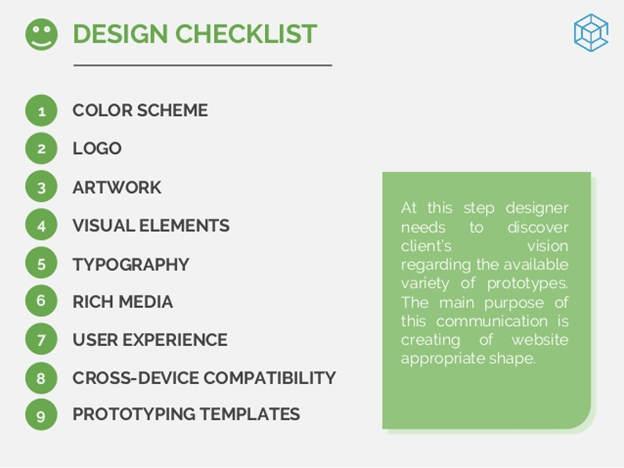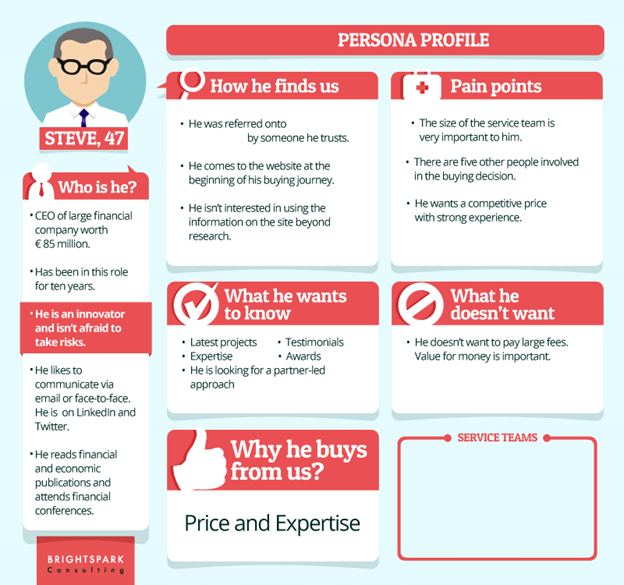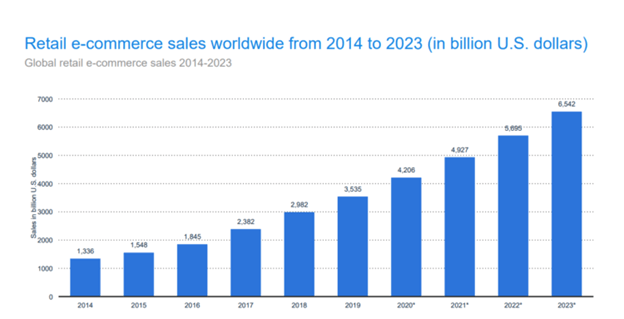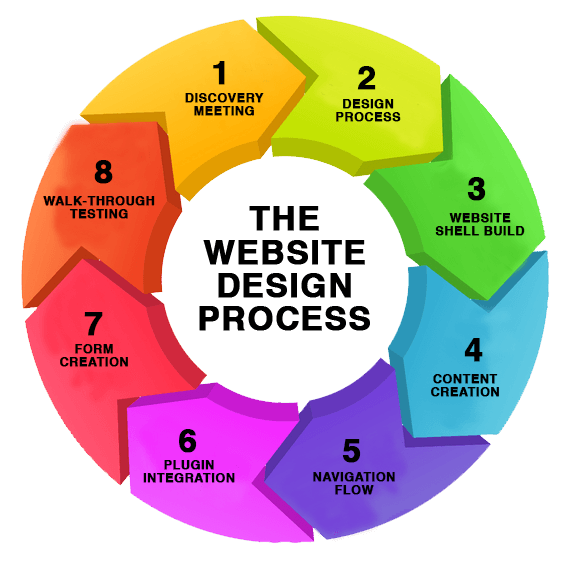Outsource Web Design: What to Know + How to Do It Effectively
Web design is incredibly important. The way that you craft your online presence will say a lot about your business to your potential customers.
Once upon a time, it was your storefront that customers saw first, and that was the most important way that you could make a positive first impression on them.
But in the modern business world, it’s all about your website.
Most customers will find you through search engines like Google. That means their first impression is established through your website.
In other words, you need a good looking and functional website if you want to succeed.
Many businesses choose to outsource their web development or website redesign services rather than hire an in-house designer.
But why do people outsource? And what steps should you take to ensure you succeed when outsourcing your web design?
Read on to find out.
Why Should You Outsource?
Web design outsourcing can be beneficial for businesses of all sizes. It will allow your business to maintain and scale while still getting an original website with an optimized user experience.
But there are also a lot of website builders out there specifically designed to help business owners with no technical knowledge create a website for very little money.
So, again, why outsource?
For starters, there’s time commitments.
If you’re concerned with creating a website, you’re not going to have the time needed to dedicate yourself to the actual running of your company.
Time is a precious resource for an entrepreneur or small business owner, and you’re going to be better suited to allowing an outside party to tackle this vital task while you focus up on keeping the business moving forward.
You’re also going to be able to get a more personalized website design if you’re working with a professional website development team.
These website builders are typically on rails, providing you with templates that you either aren’t allowed to edit, or aren’t skilled enough to edit.
You might think that bringing on a full time developer would be better in the long run for your business, but that’s not cost effective.
On top of paying the salary of your new full time employee, you’re also dealing with bonuses, benefits, and the cost of hiring a new staff member, which can be up to $4,129 on average in 2020.
Not only is hiring a development team more affordable, it’s also more efficient for web development services.
When you’re working with a single in house designer, you have one person working on your site. When you outsource to a web developer, you often have an entire team of dedicated web design professionals working for you at a fraction of the cost.
Since 2009, we have helped thousands of businesses grow their online leads and sales strategically. Let us do it for you!

The Steps to Succeed in Outsourcing Web Design
Now that you know why you should outsource your web design, it’s time to talk about how to go about web development outsourcing safely.
There are three major steps that you’ll have to take if you want to get the most out of your web design efforts.
They are:
- Clearly define your web design goals and budget
- Find a company that can accomplish those goals while remaining solidly within that budget.
- Communicate with your design company throughout the process so that you’re updated every step of the way. (This also gives you ample time to dictate necessary changes to remain within your agreed upon time window.)
Let’s dive into these steps one at a time, examining how you can accomplish each and why they’re important.
Step 1: Clearly Define Your Goals and Budget
Before you start your search for a outsourcing company, you have to first outline what your goals are for this web development project.
What kind of website do you want? What does it need to do? What do you need out of the user interface? Are there specific features you don’t need?

The more information you determine before you start your search, the more likely you are to find someone who can do exactly what you need them to do.
If you don’t know what you need the web development company to do, you run the risk of hiring someone who won’t be able to deliver on what you need. That’s a major problem and might cause you to revert back to square one.
You can avoid this potential issue by clearly defining your goals from the start.
In order to do that you’re going to have to understand your audience completely.
That means creating a series of buyer personas that outline your most common customers.

You have to know what problems they’re trying to solve, what they like to see, how they like to interact with your company, and, perhaps most importantly, what they don’t like.
By understanding exactly what your ideal customers are looking for, you’re able to more accurately create an online user experience that appeals to them.
After all, your target audience are the people you’re designing this website for in the first place. If you don’t understand them, you have a really big problem.
Just because certain trends are “in” right now from a web design perspective doesn’t mean that your audience will appreciate or enjoy them. That’s why you have to also make sure that your developers understand the wants and needs of your audience.
Then there’s your budget.
That has to be set before you start your search, if only in the interest of time. By being up front with a development company about your budgetary needs, you’ll be able to weed out options that are too expensive without listening to a long and involved pitch.
Remember, company pitches usually don’t touch on pricing until the end. You don’t want to sit through a series of 30-minute presentations just to be smashed with a massive cost estimate.
If you’re able to be up front and say, “this is what I need and this is what I’m able to spend,” you’ll be able to quickly narrow your search when it comes time to choose the right vendor.
Step 2: Search for the Right Company
You need to find the right company to contract with. That way you’ll know from the start that the website you want is the website that you’re getting.
After you’ve outlined your goals, make a list of questions that you can ask the potential design companies that you interact with. This will help you create a pre-screening process which will allow you to weed out any companies that aren’t offering what you’re looking for.
You’re also going to want to take a look at the company’s experience and, most importantly, portfolio.
Not only are you looking for quality functional work, you’re also looking to see if they have any experience catering to your audience.
If they don’t, that doesn’t necessarily mean that you should disqualify them. But, if you’re a dentist and the companies you’re speaking with have experience creating websites for dental offices, there’s going to be a much smaller learning curve.
Next, ask about their specializations and capabilities.
You’re going to have certain needs from a website perspective. If you want a site that features a reservation creation platform, you need to make sure that the company you contract with has experience and understanding regarding the creation of this feature.
Then there’s eCommerce, which is a hot button issue right now.
The eCommerce industry is booming. By the end of 2020, the global eCommerce industry is estimated to reach $4.2 trillion and account for 16% of worldwide retail sales.

If your company needs an eCommerce component, you have to make sure that your web designer has the ability to design a point of sale system for you and create an online store that falls in line with the needs and the wants of your audience.
Make sure you check the reviews for any company you’re considering hiring.
You should be able to find reviews on most reputable companies. If there are no reviews for a web design firm, that in and of itself is a huge red flag.
See what past clients have to say about the companies you’re considering. A lot of times you’ll be able to find some good information through the experiences of others.
Keep in mind, you might have to do some homework and travel off the beaten path to get a full overview of how a company’s clients perceive them after an outsourced project is complete.
Obviously, most companies are going to tout their successes and hide their failures.
That’s why you need to look through third party listings like a Google My Business Page or social media reviews. This will help you get a more honest assessment of a web design company’s true capabilities.
Here are a few criteria that you should check out when trying to make your decision.
- Processes. What are the steps that these businesses take in creating a custom web design? They should have the entire process outlined for you.
- Communication. How good is their communication? Do they speak your language fluently? How often are they willing to check in and provide updates?
- Samples. Are they willing to provide you with samples of their previous work?
- References. Are they willing to provide you with references from past clients? Are you allowed to talk with these clients?
Make sure you don’t just hop on board with the first company that says the right things. Shop around a bit, see what else is out there, and ask lots of questions.
Once you’ve selected a company and you’re moving forward, have them sign a Non Disclosure Agreement so that all of the details of your project remain private, even if the project falls through.
Since 2009, we have helped thousands of businesses grow their online leads and sales strategically. Let us do it for you!

Step 3: Communicate Throughout the Process
Communication is going to be very important throughout the web design process. You want to make sure that you’re hiring a company that’s willing to communicate with you and provide updates on every stage of the project.

As we mentioned in the last section, most web design firms should have an outlined process that’s broken into stages. This helps you map out how things are going to go and form realistic expectations about the process and timeline.
Each stage of the process should include some form of communication or reporting.
You should be able to review aspects of the site as you go along, as opposed to all at once at the end. This will allow you to spot potential issues that go against your initial vision quickly.
It’s best to catch these problematic elements early in the process, if only to save time at the finish line.
There are so many stellar digital forms of communication now, from WhatsApp to Slack to Zoom. You can and should communicate with your design company using these tools, and collaborate using systems like Dropbox or InVision.
Make sure you’re assigned a point of contact, whether that’s the owner of the company or a project manager.
It’s important that you have one central contact so that you’re not being told 10 different things by 10 different people.
In Conclusion
You need a website and it has to be good. As such, outsourcing web development really is your best hope of creating a successful website that will meet your needs without breaking the bank.
By clearly outlining your goals and budget, searching for the right company, and communicating with the company throughout the process, you have a much better chance at achieving greatness through your business website.
Since 2009, we have helped thousands of businesses grow their online leads and sales strategically. Let us do it for you!

